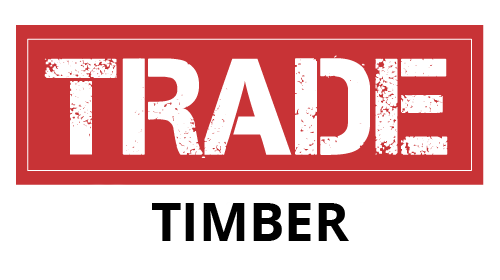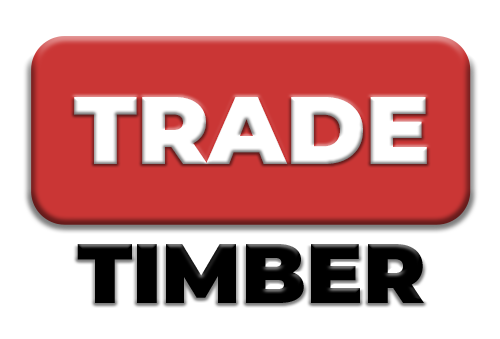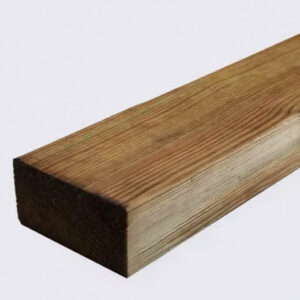Within the construction industry, treated timber is a must have material, whether you are a professional builder or a do-it-yourselfer. Understanding treated timber will benefit your projects and offer a reliable product that will not let you down. Here in this blog, we will delve into the intricacies of treated timer including the different types of treated timber, the pros and cons, and practical uses.
Understanding what is treated timber
Treated timber, also commonly referred to as pressure-treated wood, is a type of wood that is placed into a pressure chamber. It is infused with chemical preservatives under high pressure to force preservatives into the timber and best enhance its resistance and durability. The preservatives go deep into the fibres, protecting the wood from insects, moisture damage, rot, and decay. Treated timber is highly recommended when it comes to construction, landscaping, and outdoor building and furniture inclusive of decking and a variety of garden structures. Treated timber offers a long lasting and reliable option for structures that require durability within harsh environments.
Unlike treated timber, untreated hardwood and softwood timbers when used outdoors can be at risk to problems including rot and moisture damage.
Applications of treated timber include construction, woodworking, and landscaping projects, such as, outdoor decking and fencing, structural framing, landscape and garden structures, marine construction.

What is used to treat timber
Timber can be treated using a variety of chemical preservatives that are chosen specifically to enhance durability and provide protection from factors that can cause decay such as fungi, insects, and moisture. These preservatives may include:
Chromated Copper Arsenate (CCA)
CCA is a traditional treatment that uses a combination of chromium, copper, and arsenic that protects the wood. CCA-treated timber is well-known for outdoor applications due to its effectiveness against insects and decay.
Alkaline Copper Quaternary (ACQ)
ACQ is an environmentally friendly alternative to CCA-treated wood. ACQ-treated wood uses copper and a quaternary ammonium compound which provides protection against decay and insects however it does not use arsenic.
Micronized Copper Azole (MCA)
MCA-treated wood is a newly introduced method that uses micronised copper with organic azoles providing protection whilst being less corrosive when it comes to metal fasteners in comparison to other treatments.
Creosote
Creosote is derived from coal tar. It is a well-known treatment for projects that require outstanding resistance levels such as railway ties and utility poles.
What are the Pros and Cons of Treated Timber?
Pros of using treated timber
Cost-effective
The upfront cost may be higher however the reduced maintenance and long-lasting lifespan make a cost-effective choice in the long run.
Increased safety
It is durable and less susceptible to damage caused by insects, pests, fungi, moisture damage or decay, providing increased safety and reducing risks such as internal damage or collapses.
Durability
The increased safety delivers longer lasting results pro-longing the lifespan of structures, buildings, and furniture.
Sustainability
Modern treatment methods including MCA and ACQ are thought to be more environmentally sustainable that previous treatments including CCA.
Versatility
It is available in a selection of various types including a range of different sizes, making this product ideal for many application types including structural framing and decorative purposes.
Disadvantages of using treated timber
Aesthetics
Some treated wood products may not be as aesthetically pleasing in comparison to natural wood which can be issue when the wood is used as a feature within the project.
Limited availability
Not all treatment methods are available on demand and may be subject to waiting times in some regions.
Corrosion
In few cases, treated wood may corrode metal fasteners such as nails and brackets.
Chemical Leaching
Chemicals used when preserving it may leak into surrounding areas such as soil or water, posing a potential risk to surrounding wildlife.
Regulations
In some cases jurisdictions have different regulations concerning using and disposing of treated wood which can add complications to projects.

Use Classes of Treated Timber
Use classes of treated timber categorise its intended application based upon the level of exposure regarding environmental factors. The use classes of treated timber is an essential part of selecting the right type of timber for particular projects. Furthermore, the classes resemble the exposure level in regard to moisture, decay, and insects. Builders can then make an informed decision regarding the effectiveness and durability of the product, ensuring they are using the correct class for their project applications. This will in the long-term reduce the risk of deterioration and structural failures and will help to meat building regulation and specifications.
The four key use classes include:
Use Class 1 (UC1)
Used for applications that pose no risk of moisture or ground contact, suitable for indoor projects such as interior joinery and furniture.
Use Class 2 (UC2)
Used for applications with occasional exposure to moisture that pose no risk of ground contact. It is suitable for indoor projects such as roof trusses and internal framing.
Use Class 3 (UC3)
Used for applications exposed to weather conditions with no risk of ground contact. It is suitable for outdoor applications including external joinery and fencing.
Use Class 4 (UC4)
Used for applications with direct contact to freshwater or contact with the ground. In addition to this, it is suitable for outdoor use in projects such as decking, utility poles, or landscaping timbers.
How do I dispose of Treated timber?
Disposing of treated timber in the correct way is essential to minimise the environmental impact. Treated timber should be disposed of within designated waste facilities or landfills. These need to be equipped to handle hazardous materials and dispose of them in the safest way possible. It is essential to check with local authorities in regard to the specific regulations and guidelines when it comes to disposing of timber.
Alternative options can also be considered such as recycling or using the material for other projects where possible to reduce the amount of waste and environmental impact. By disposing of treated timber responsibly you contribute to the correct management of treated timber waste and reduce risks to the environment.
Can you burn treated timber?
Due the chemical preservatives within the timber, the treated timber should not be burned. This is due to harmful toxins being released into the air. This includes hazardous fumes and particles when exposed to high temperatures. These emissions pose great risks to both the environment, and humans. This includes breathing issues, skin irritation, and contamination of soil and air.
Signs of treated timber include slight change in colour including green or grey tones and discolouration, which indicates signs of copper-based treatments such as ACQ. You can also check the cut ends of the timber where discolouration may be clearer due to the penetration of preservatives. Alternatively, you can look out for stamps or markings on the timber that displays treatment codes, standards, or use classes.
Overall, treated timbers offers a durable solution for a wide range of construction, woodworking, and landscaping developments. The specialised treatment process makes for a reliable material that is long-lasting and requires minimal maintenance. Available for use indoors or outdoors that provides a dependable structure and aesthetic appeal.















